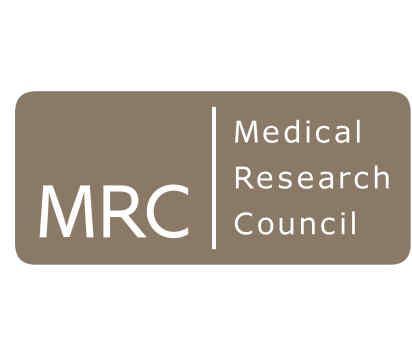BibTex format
@article{Toledano:2017:10.1016/j.envres.2017.10.034,
author = {Toledano, MB and Mueller, W and Fleming, C and Chang, I and Dumontheil, I and Thomas, MSC and Eeftens, M and Elliott, P and Mireku, MO and Röösli, M},
doi = {10.1016/j.envres.2017.10.034},
journal = {Environmental Research},
pages = {1--8},
title = {Total recall in the SCAMP Cohort: Validation of self-reported mobile phone use in the smartphone era},
url = {http://dx.doi.org/10.1016/j.envres.2017.10.034},
volume = {161},
year = {2017}
}
RIS format (EndNote, RefMan)
TY - JOUR
AB - Mobile phone use, predominantly smartphones, is almost ubiquitous amongst both adults and children. However adults and children have different usage patterns. A major challenge with research on mobile phone use is the reliability of self-reported phone activity for accurate exposure assessment. We investigated the agreement between self-reported mobile phone use data and objective mobile operator traffic data in a subset of adolescents aged 11-12 years participating in the Study of Cognition, Adolescents and Mobile Phones (SCAMP) cohort. We examined self-reported mobile phone use, including call frequency, cumulative call time duration and text messages sent among adolescents from SCAMP and matched these data with records provided by mobile network operators (n = 350). The extent of agreement between self-reported mobile phone use and mobile operator traffic data use was evaluated using Cohen's weighted Kappa () statistics. Sensitivity and specificity of self-reported low (< 1 call/day, ≤ 5min of call/day or ≤ 5 text messages sent/day) and high (≥ 11 calls/day, > 30min of call/day or ≥ 11 text messages sent /day) use were estimated. Agreement between self-reported mobile phone use and mobile operator traffic data was highest for the duration spent talking on mobile phones per day on weekdays (38.9%) and weekends (29.4%) compared to frequency of calls and number of text messages sent. Adolescents overestimated their mobile phone use during weekends compared to weekdays. Analysis of agreement showed little difference overall between the sexes and socio-economic groups. Weighted kappa between self-reported and mobile operator traffic data for call frequency during weekdays was κ = 0.12, 95% CI 0.06-0.18. Of the three modes of mobile phone use measured in the questionnaire, call frequency was the most sensitive for low mobile phone users on weekdays and weekends (77.1, 95% CI: 69.3-83.7 and 72.0, 95% CI: 65.0-78.4, respectively). Specificity was
AU - Toledano,MB
AU - Mueller,W
AU - Fleming,C
AU - Chang,I
AU - Dumontheil,I
AU - Thomas,MSC
AU - Eeftens,M
AU - Elliott,P
AU - Mireku,MO
AU - Röösli,M
DO - 10.1016/j.envres.2017.10.034
EP - 8
PY - 2017///
SN - 0013-9351
SP - 1
TI - Total recall in the SCAMP Cohort: Validation of self-reported mobile phone use in the smartphone era
T2 - Environmental Research
UR - http://dx.doi.org/10.1016/j.envres.2017.10.034
UR - http://hdl.handle.net/10044/1/52489
VL - 161
ER -
